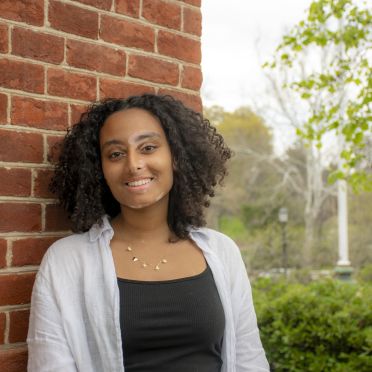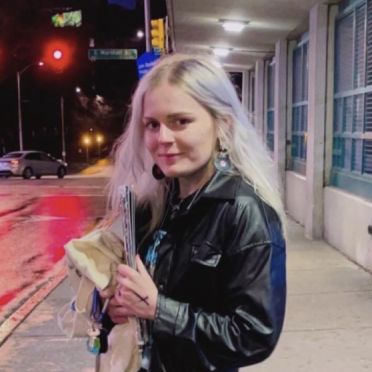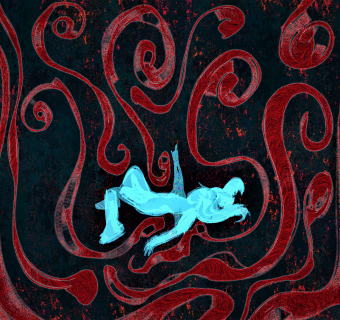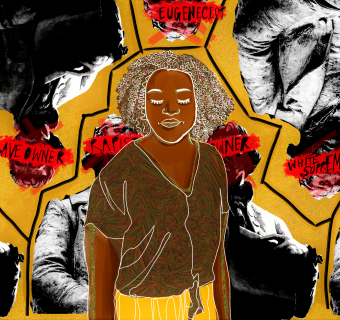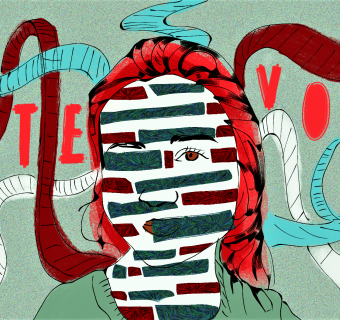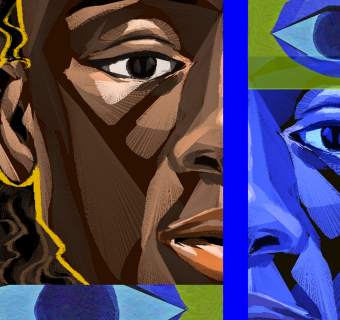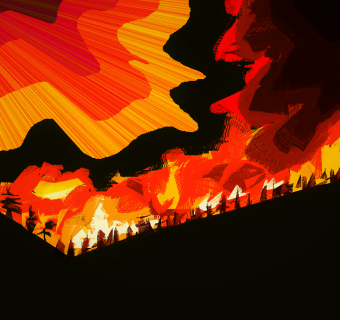Remaining Questions about the HEAAL tours
Amidst the positive reception of the HEAAL tours, there are still some questions left unanswered.
While an unconventional choice, First-year College student Emily Barker (now a second-year) took the tour in her second semester instead of her first. She appreciated the in-depth details and stories presented by the tours because they challenged her expectations about how to feel about attending the University.
“First semester is such a whirlwind… it's so exciting and big and sparkly, and you fall in love with it. To have that stripped away for a second and see there's messed up things here… It's a mark of love for a place if you want [it] to get better,” Barker said.
However, she noted how the tour would have been a lot harder to digest if she had taken it during the first semester alongside acclimating to college life.
“I do wish that there was an opportunity to do it when… you had the mental and emotional capacity,” Barker said. “Because I don't think in the first two weeks when you're surrounded by everything, orientation … meeting people constantly, [do] you have the time to really sit down and process something that important.” Instead, Barker suggested that all first-year students should be required to complete the tour during their first academic year
Resident advisors and senior resident staff expected their first year residents to attend the tours and would meet with those who did not attend the tours on an individual basis. HRL does not officially endorse the tours as a mandatory requirement for all incoming students.
The gray area that “expected attendance” of the tour created made it easier for some students to simply not attend because there weren't any penalties for missing them.
Joshi explained that Guides is a special status organization affiliated with, but not hired by the University, similar to HRL. It isn’t in HRL’s power to officially require students to attend these tours because only the University has the discretion to say what is required for students — such as vaccinations, for example.
However, not being affiliated with the University when creating the tours actually made the coordination between students easier as opposed to going through a bureaucratic process with University administration.
“We were able to meet over the summer, over breaks, [and] plan this on our own… coordinate with other students, like the co-chairs of HRL. [It] made things so easy,” Joshi said.
Joshi mentioned she would love to see these tours be formally recognized by the University in the future. It would only help, not hinder, the University if first-years were officially required to take these tours. They don’t paint the University in a negative light, Joshi said, but present a complex, nuanced historical narrative that students can learn from and decide what steps they want to take next.
The Bigger Picture
The incredible student-driven work by HEAAL, University Guides Service, BRIDGE and HRL work has been instrumental in constructing a new first-year experience for students, inspiring them to “fearlessly [follow] truth wherever it may lead” as Kirt von Daacke hopes.
This work allows first-years to carefully consider their own experiences and critically reflect on the history of slavery, that is physically embedded in the buildings they see around them. These tours gave first-year students the knowledge and tools to engage with two distinct yet parallel truths: from its founding, the University relied on enslaved labor, and the University continues to be a prominent institution that prizes learning, advancement, and community. Univeristy of Virginia’s participation in the institution of slavery can’t be changed. However, HEAAL’s goals and accomplishments illustrate how responding to the past in the mission of a better present has its own kind of power.
Yet, these tours go beyond their initial goal of educating first-year students. Ephrata sees these tours as a responsibility not just to the University and its student body, but to the individuals themselves who built the University up, brick by brick.
“For me, [it] feels really not like it is about U.Va in the sense of our history, but it's more about the descendants and the people that really built up this university,” Ephrata said.
“And it's my way and our way of saying I see you, I hear you, I respect you, I'm grateful for you, I want to honor you.”


